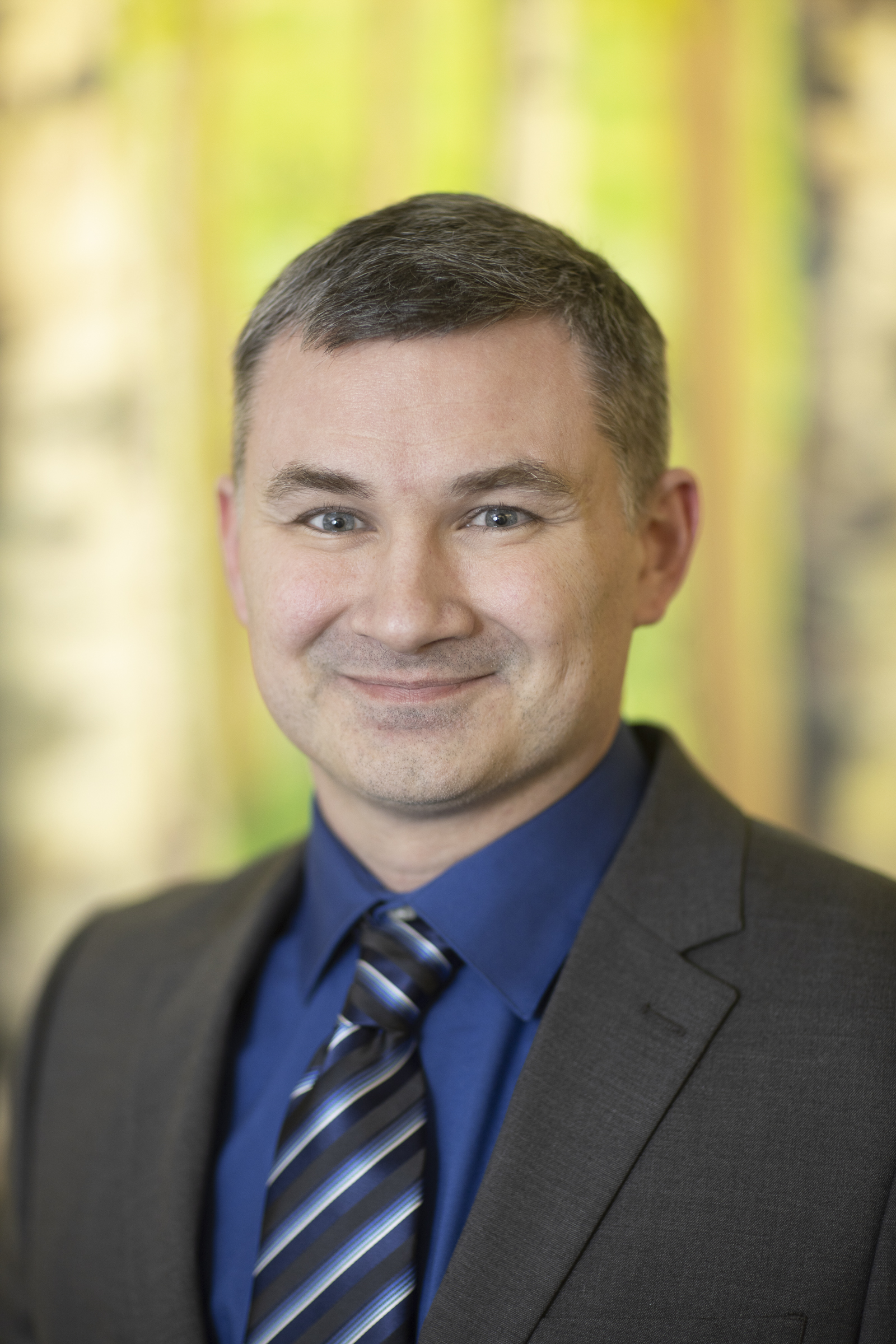International coordination key in geoengineering endeavors

Jeff Richardson
907-474-6284
Dec. 14, 2021
University of Alaska Fairbanks scientists are presenting their work at the American Geophysical Union’s fall meeting in New Orleans this week. This article is part of a series highlighting UAF research from the world’s largest Earth and space science meeting.
As the need to address climate change becomes more urgent, a variety of geoengineering proposals are emerging to ease its environmental impacts.
It’s a trend that could bring its own set of problems, said University of Alaska Fairbanks researcher Alec Bennett. That’s because no international framework exists to encourage countries to work together to evaluate and implement scientific solutions.
One idea proposes using massive wind-driven pump systems to generate more sea ice in the winter, while cooling in summer. Another ponders whether sprinkling tiny microbeads onto polar ice would help it better reflect solar energy rather than absorbing it.
“There are a lot of concerns about unintended consequences,” said Bennett, who works at UAF’s International Arctic Research Center and College of Business and Security Management. “How reversible are these solutions?”
Without better cooperation, it’s more likely that a country will push forward with an ill-advised plan, he said, boosting the potential for conflict. Arctic nations, which are more influenced by climate change, could also be disproportionately affected by those geoengineering remedies.
UAF’s Uma Bhatt and Troy Bouffard also contributed to research on the topic.
“We’re not arguing against geoengineering, we’re just saying we need more understanding and better agreements in place before we go forward,” Bennett said. “We don’t want something intended to help to do more harm.”


